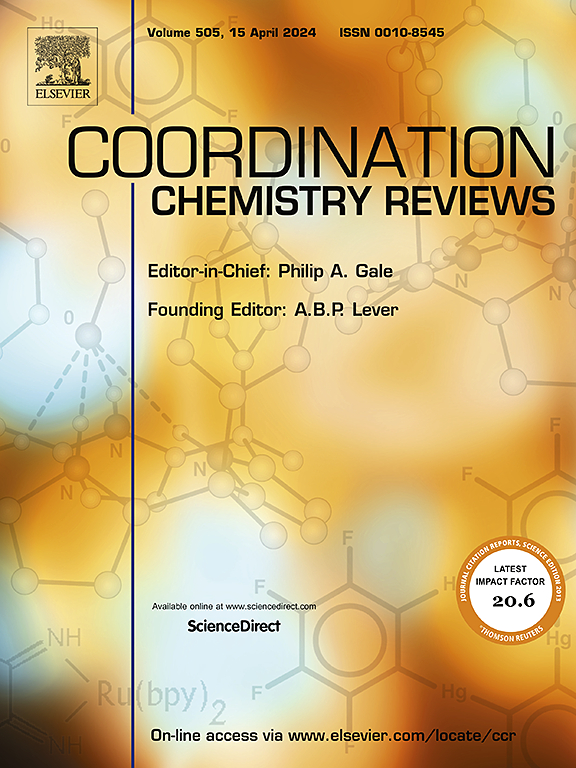以癌症干细胞为目标的生物医学工程强化癌症治疗
IF 20.3
1区 化学
Q1 CHEMISTRY, INORGANIC & NUCLEAR
引用次数: 0
摘要
本文章由计算机程序翻译,如有差异,请以英文原文为准。
Biomedical engineering targeting cancer stem cells to reinforce cancer therapy
Cancer stem cells (CSCs) represent a small population of cells responsible for the initiation, relapse, and metastasis of tumors. These CSCs have garnered significant attention in therapeutic advancements because of their distinctive characteristics. The primary culprits contributing to the development and sustenance of CSCs include surface markers, an aberrant microenvironment, the activation of signaling pathways, and an immunosuppressive microenvironment. The application of biomedical engineering holds promises for enhancing precision targeting, thereby reducing side effects, fostering personalized treatment and immune responses, and facilitating combinatorial therapies. Consequently, biomedical engineering to target CSCs has substantial potential. This review elucidated the niche characteristics of CSCs and the use of biomedical engineering to target CSC characteristics, including surface markers, the microenvironment associated with CSCs, related signaling pathways, and differentiation therapy aimed at improving tumor treatment. In conclusion, we anticipate the integration of biomedical engineering into clinical practice to enhance treatment outcomes for tumors while minimizing recurrence and drug resistance.
求助全文
通过发布文献求助,成功后即可免费获取论文全文。
去求助
来源期刊

Coordination Chemistry Reviews
化学-无机化学与核化学
CiteScore
34.30
自引率
5.30%
发文量
457
审稿时长
54 days
期刊介绍:
Coordination Chemistry Reviews offers rapid publication of review articles on current and significant topics in coordination chemistry, encompassing organometallic, supramolecular, theoretical, and bioinorganic chemistry. It also covers catalysis, materials chemistry, and metal-organic frameworks from a coordination chemistry perspective. Reviews summarize recent developments or discuss specific techniques, welcoming contributions from both established and emerging researchers.
The journal releases special issues on timely subjects, including those featuring contributions from specific regions or conferences. Occasional full-length book articles are also featured. Additionally, special volumes cover annual reviews of main group chemistry, transition metal group chemistry, and organometallic chemistry. These comprehensive reviews are vital resources for those engaged in coordination chemistry, further establishing Coordination Chemistry Reviews as a hub for insightful surveys in inorganic and physical inorganic chemistry.
 求助内容:
求助内容: 应助结果提醒方式:
应助结果提醒方式:


